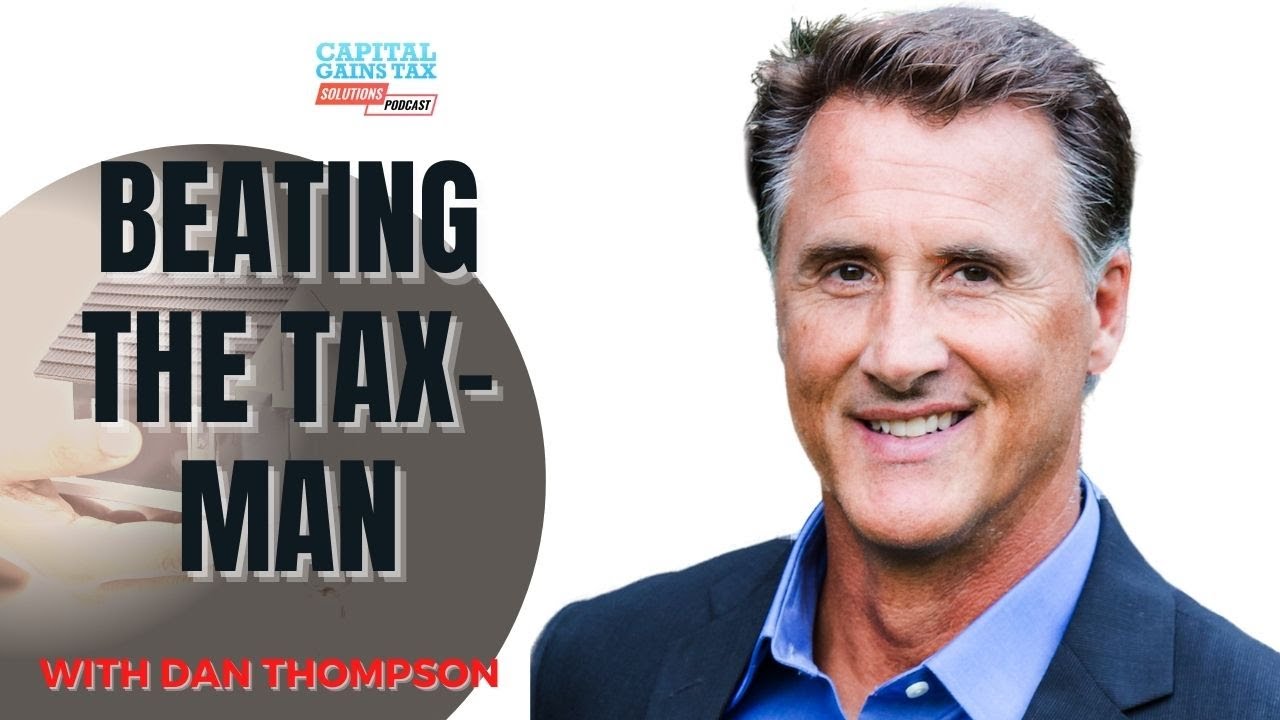What is a Mortgage Backed Security (MBS)?
Summary
TLDRAlexis Goldstein introduces a podcast series aimed at simplifying Wall Street concepts for a general audience. In this episode, she explains mortgage-backed securities (MBS), how banks used to hold mortgages, and how securitization transformed mortgages into tradable investments. By bundling hundreds or thousands of mortgages into a single security, risks such as default and prepayment were mitigated. Goldstein also discusses the 2008 financial crisis, where widespread defaults revealed the vulnerabilities in this system. She ends by promoting NYC General Assembly and Occupy Wall Street activism.
Takeaways
- 💡 Mortgage-Backed Securities (MBS) involve pooling together many individual mortgages and turning them into a tradable financial product.
- 🏦 In the traditional model, banks hold mortgages and are responsible for collecting payments, but in the MBS model, the bank sells the mortgages to investors.
- 📦 An MBS is like a 'box' of mortgages, and investors can buy a piece of that box to receive monthly payments (interest and principal).
- 🔄 Securitization is the process of converting non-tradable assets (like mortgages) into tradable securities.
- 💰 Investors in MBS receive monthly mortgage payments, not the banks, after the mortgages are securitized.
- 📉 One of the motivations behind MBS is to reduce the risk of default or prepayment by pooling many mortgages together.
- 📊 Banks offload risk by selling mortgages, making them more willing to lend, even to less creditworthy individuals.
- ⚠️ The risk of prepayment is when people refinance their mortgages, giving banks back their money at a time when interest rates may be low.
- 🏠 The financial crisis was partly due to widespread defaults on mortgages, causing the value of MBS to plummet.
- 🚨 Factors like predatory lending and a housing bubble contributed to the collapse of MBS, which were previously thought to be low-risk investments.
Q & A
What is the purpose of this podcast series?
-The purpose of this podcast series is to break down complex financial concepts from Wall Street and make them more approachable for a general audience. Alexis Goldstein aims to simplify topics like mortgage-backed securities and explain them in a way that anyone can understand.
What is a traditional mortgage model?
-In a traditional mortgage model, a person borrows money from a bank to buy a house and repays the loan with interest through monthly payments. The bank holds the mortgage on its books and is responsible for managing the risk of default.
How does a mortgage-backed security (MBS) differ from the traditional mortgage model?
-In a mortgage-backed security (MBS), the bank no longer holds the mortgages on its books. Instead, the mortgages are bundled into a 'box' containing hundreds or thousands of them, and the interest and principal payments flow through the MBS to investors who buy pieces of it. The payments are passed on to the investors instead of the bank.
What is securitization, and why is it important in the context of mortgages?
-Securitization is the process of turning an asset like a mortgage, which is not typically tradable, into something that can be bought and sold in the financial markets. This allows banks to offload their risk by selling the mortgages to investors, enabling greater liquidity and reducing the risk for the bank.
How does the flow of money work in a mortgage-backed security?
-The homeowner makes monthly payments to the bank, which then funnels these payments into the mortgage-backed security. From there, the payments are passed on to the investors who bought pieces of the MBS. This allows multiple investors to share in the interest payments from the mortgages.
Why did banks shift from the traditional mortgage model to the securitization model?
-Banks shifted to the securitization model to reduce the risk of holding mortgages on their books, especially the risk of default and prepayment. By pooling mortgages together, they could offload these risks to investors and distribute the impact of early mortgage repayments across a larger group of mortgages.
What are the two key risks associated with holding mortgages for banks?
-The two key risks are default, where the borrower fails to make payments, and prepayment, where the borrower refinances their mortgage at a lower interest rate, giving the bank its money back early and potentially leaving the bank with fewer profitable investment options.
How does pooling mortgages in a mortgage-backed security reduce risk?
-Pooling hundreds or thousands of mortgages together reduces the risk of prepayment, as it is unlikely that all borrowers will prepay their mortgages at the same time. This diversification helps to stabilize the cash flows to investors.
What role did the assumption about default rates play in the 2008 financial crisis?
-The assumption that large-scale defaults on mortgages were unlikely played a major role in the 2008 financial crisis. Many believed that widespread defaults wouldn’t happen, and even if they did, the underlying properties would retain enough value to cover losses. However, the housing bubble burst, leading to widespread defaults and a collapse in the value of mortgage-backed securities.
What is the key difference between a mortgage-backed security (MBS) and a collateralized debt obligation (CDO)?
-A key difference between an MBS and a CDO is how returns are structured. In an MBS, all investors receive the same interest rate and return on their investment, whereas in a CDO, different investors can receive different interest rates based on the risk level of their investment.
Outlines

This section is available to paid users only. Please upgrade to access this part.
Upgrade NowMindmap

This section is available to paid users only. Please upgrade to access this part.
Upgrade NowKeywords

This section is available to paid users only. Please upgrade to access this part.
Upgrade NowHighlights

This section is available to paid users only. Please upgrade to access this part.
Upgrade NowTranscripts

This section is available to paid users only. Please upgrade to access this part.
Upgrade NowBrowse More Related Video
5.0 / 5 (0 votes)





